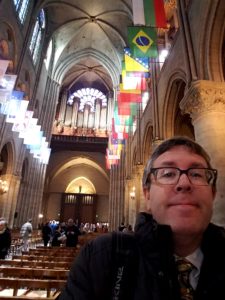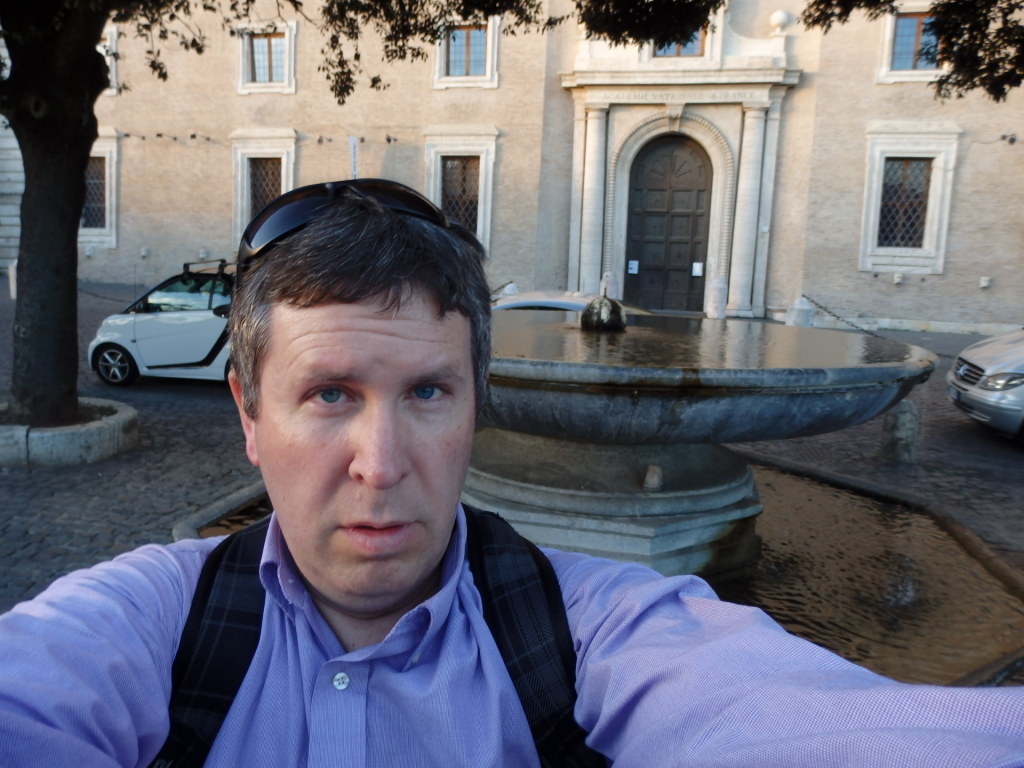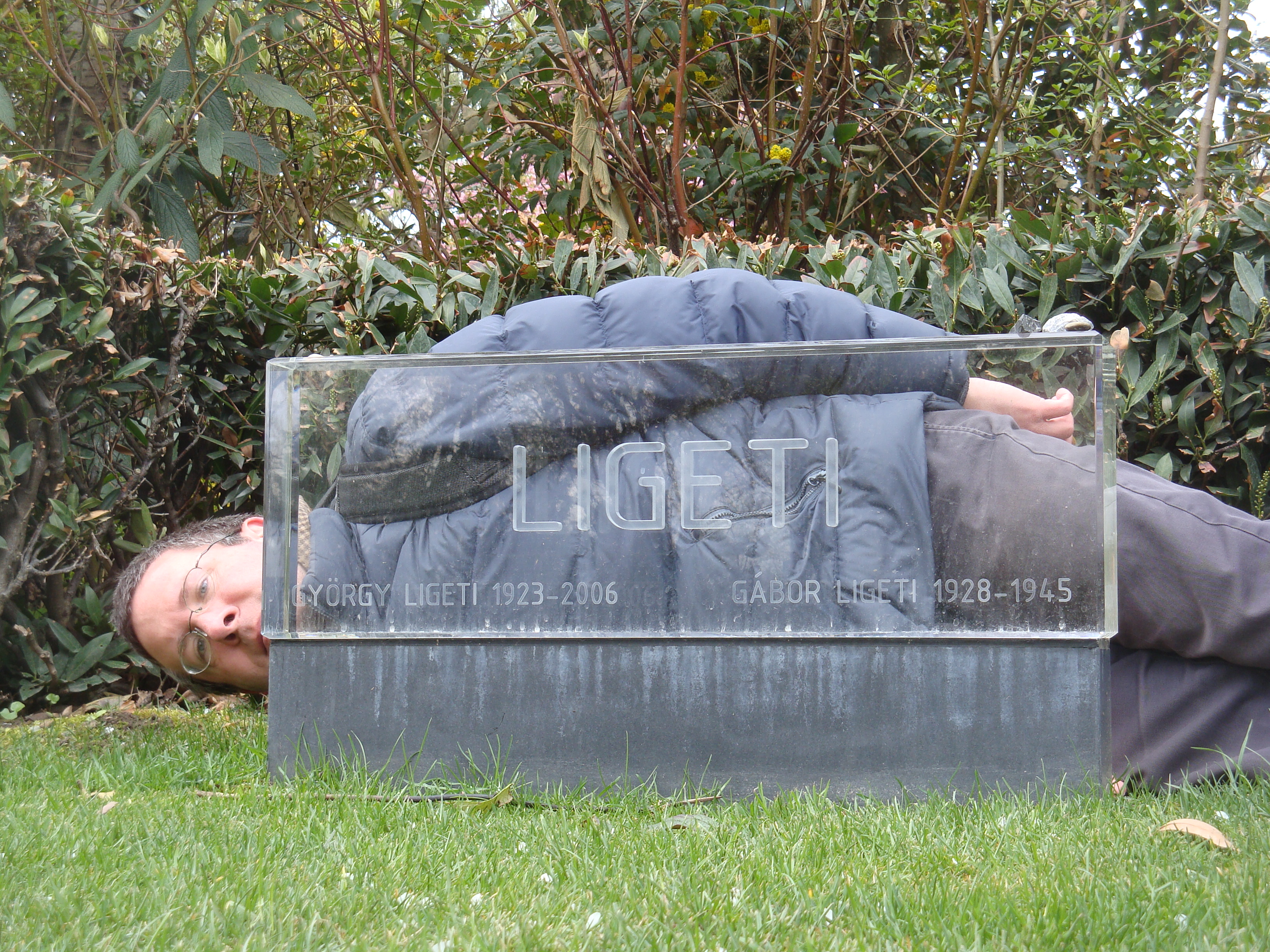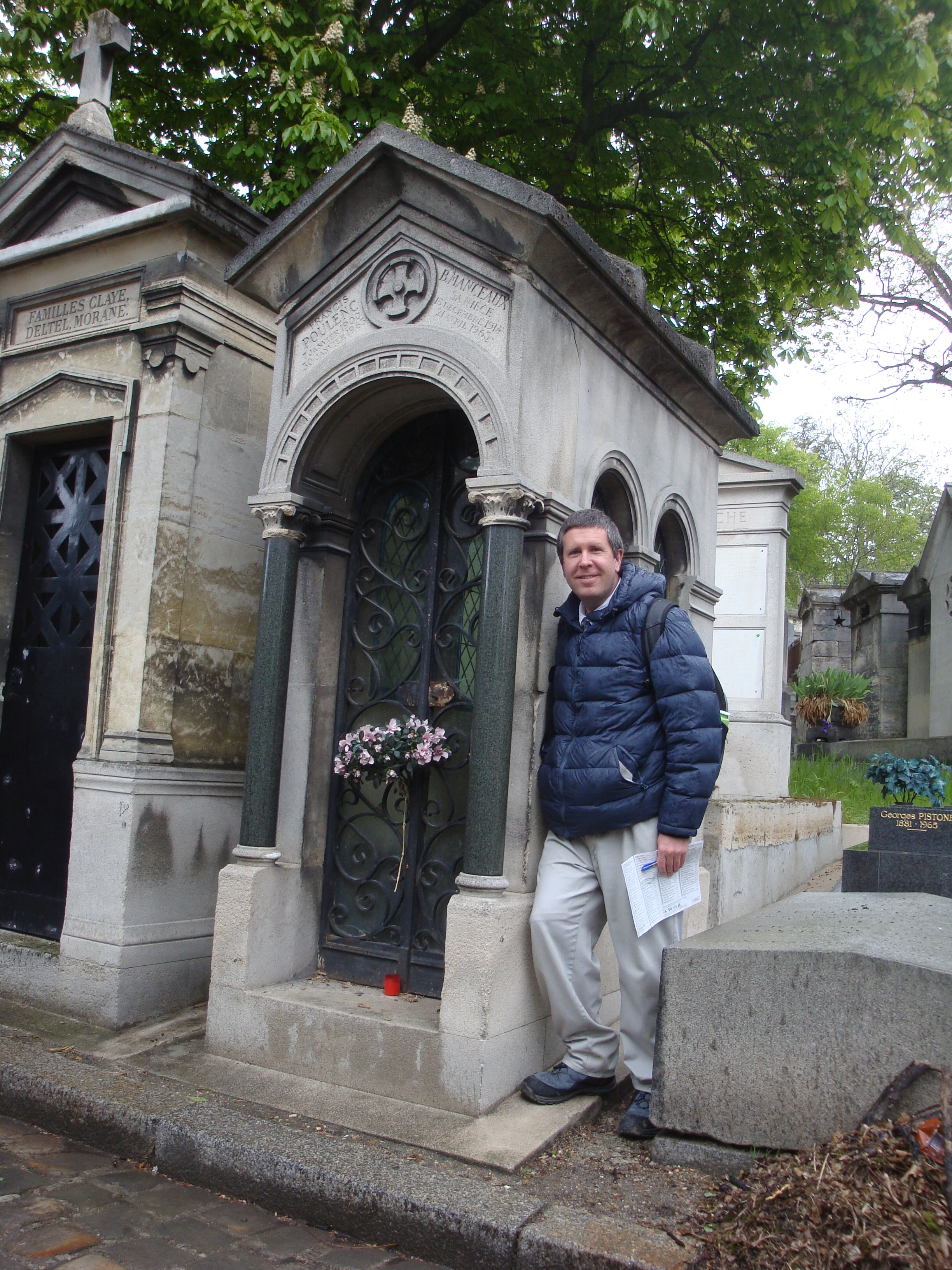I’m Listening to Everything Composed by Jean Sibelius
December 15, 2021(8 December 1865 – 20 September 1957)
TITLE: Symphony #1 in E minor, op. 39
DESCRIPTION OF THE PIECE: This is the first symphony by Finnish composer Jean Sibelius. Despite it being pretty well-revered in classical music society, I have never really listened to it in its entirety until today. I am a professional clarinetist by trade, so my main familiarity with this symphony is for the clarinet excerpts from movement III that show up on orchestral auditions every so often.
This symphony is in four movements, a format that became popular in the Classical Era and persists—for the most part—to the present day. Sibelius also seems to be using classical structure and forms for each of his movements even though he wrote this symphony on the very cusp of the 20th century. First movement is in sonata form (with a slow introduction); second movement is slow, pretty, and in variation form; third movement is a scherzo; and the fourth movement is the only one that strays from Classical era stricture with a freer sense of form—more through-composed than anything.
HIGHLIGHT: For me, the highlight is most definitely the first movement. The very first thing you hear is a long beautiful clarinet solo—entirely unaccompanied. Here’s a link to a recorded concert performance of the work that I found on YouTube. Once you get past the applause as the conductor enters the stage, the clarinet solo begins at 0:51. Listen from 0:51 to 2:10 for the entirety of the opening clarinet solo.
https://www.youtube.com/watch?v=eBBWvzHuC1k
Now listen to the first first five or six notes again…
And NOW listen to the first five or six notes of THIS video of a very familiar theme from the Godfather movies: https://www.youtube.com/watch?v=NBW2LcakfMo
Sound familiar? Hmmm…I wonder if perhaps the composer of the music for the Godfather movies—Nino Rota—was familiar with Sibelius Symphony #1…
Rota was a classical composer himself so it would make sense that he was familiar with many of the great works of other composers. And, since Rota was born in 1911 and Sibelius dies in 1957, they were contemporaries…
The other thing I love about the first movement is the drama. When the clarinet solo ends and the violins violently burst into action at 2:10. I love the build up from 3:10 to 3:45-ish. I love the use of the brass in such a dramatic fashion throughout. At 4:07 it’s as if we were dropped into a winter wonderland (maybe I’m being influenced in that image by the fact that we got six inches of snowfall last night!). And the tempo increase starting at 10:40 leading up to the brass at 11:09 reminds me—at least a little of Beethoven’s 9th.
I highly recommend getting to know this symphony! I plan to listen to many more of his works as I continue this project of listening to everything by the great composers.






